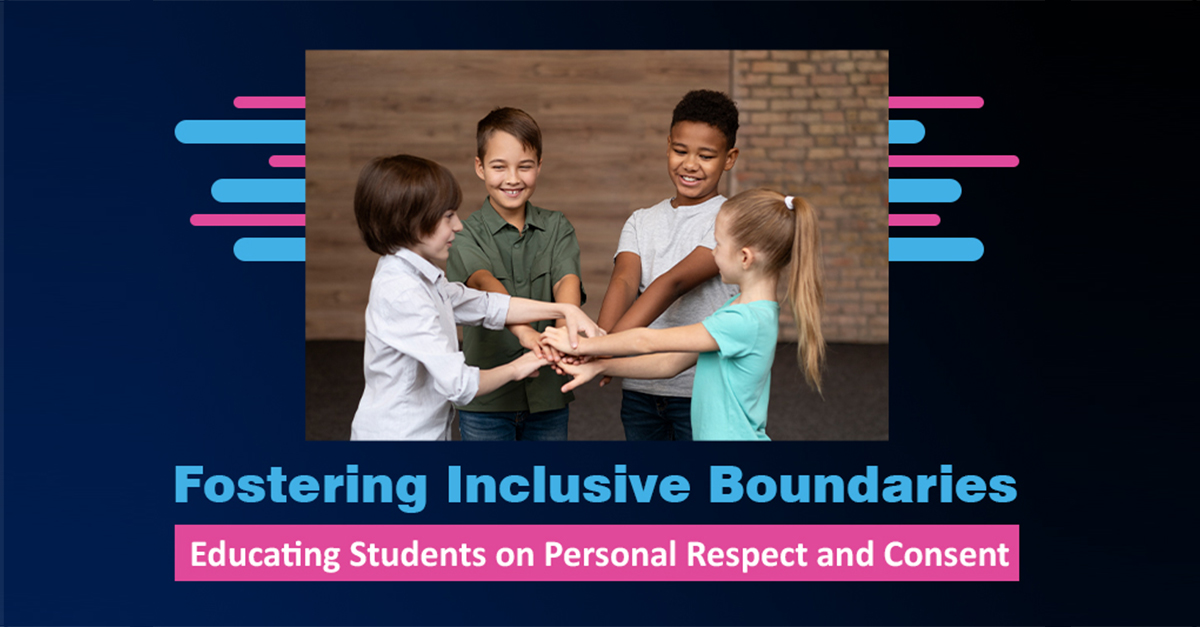Teaching students about maintaining safe and healthy personal boundaries is crucial in fostering a culture of respect, understanding, and consent. Regardless of gender, it isessential to provide young learners with the knowledge and skills needed to navigate interpersonal relationships in a manner that is both respectful and considerate. By imparting these lessons, educators play a pivotal role in shaping a generation that values personal boundaries and promotes a safe and inclusive environment for all.
Understanding Personal Boundaries
Personal boundaries are the physical, emotional, and mental limits that individuals establish to protect themselves from being manipulated, used, or violated by others. Educating students about the concept of personal boundaries involves teaching them to recognize their boundaries and respect those of others. It also involves understanding that boundaries can differ from person to person and that they are to be acknowledged and honored.
Importance of Gender Neutrality
In teaching about personal boundaries, it is essential to emphasize that the need for maintaining safe boundaries is not exclusive to a particular gender. Both boys and girls should be taught to understand, communicate, and respect personal boundaries, as well as recognize the significance of mutual consent and respect in all interactions.
Nurturing Respect and Consent
Educators should focus on nurturing an environment that promotes respect and consent. This includes discussions on the importance of seeking permission before entering someone's personal space, understanding and accepting "no" as a valid response, and acknowledging the importance of respecting individual comfort levels.
Communication and Empowerment
Teaching students how to effectively communicate their boundaries and feelings is crucial. It empowers them to express discomfort or assert their limits in various situations. By fostering open discussions and providing scenarios for reflection, educators can help students develop the confidence to communicate their boundaries clearly and respectfully.
Embracing Diversity and Inclusivity
Incorporating discussions on diversity and inclusivity is essential in teaching about boundaries. Students should be encouraged to understand and appreciate that boundaries may be influenced by cultural, social, and personal factors. By embracing and respecting these differences, students can develop a deeper understanding of the varied nature of personal boundaries.
Conclusion
Educating students about maintaining safe boundaries, irrespective of gender, is a fundamental component of promoting a culture of respect, understanding, and consent. By providing comprehensive lessons on personal boundaries, educators can empower students to navigate their relationships with empathy, consideration, and a profound respect for the boundaries of others. This, in turn, contributes to the creation of a safer and more inclusive environment for all individuals, fostering a generation that values and upholds the significance of personal respect and consent.


Comments